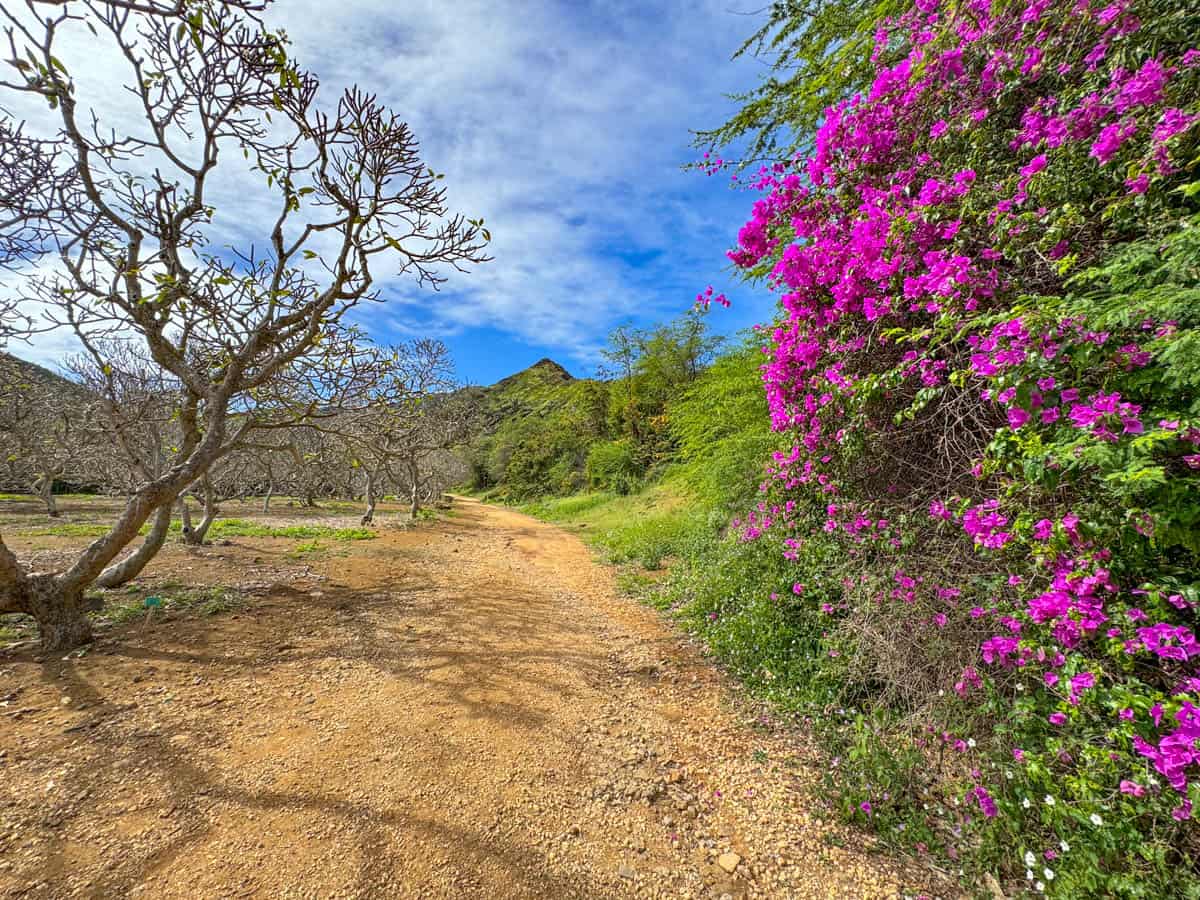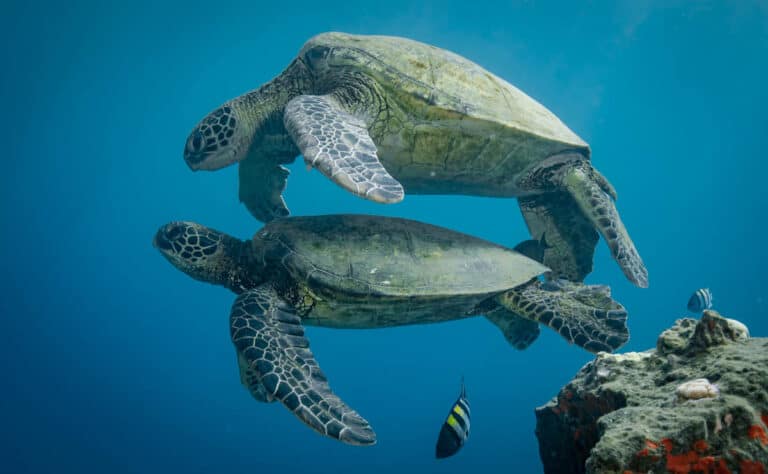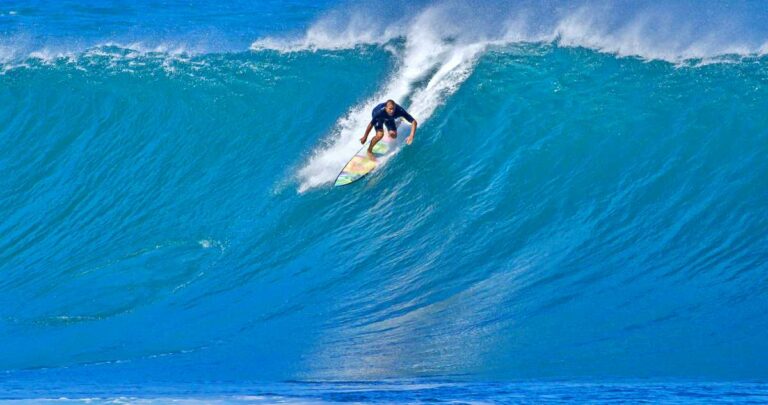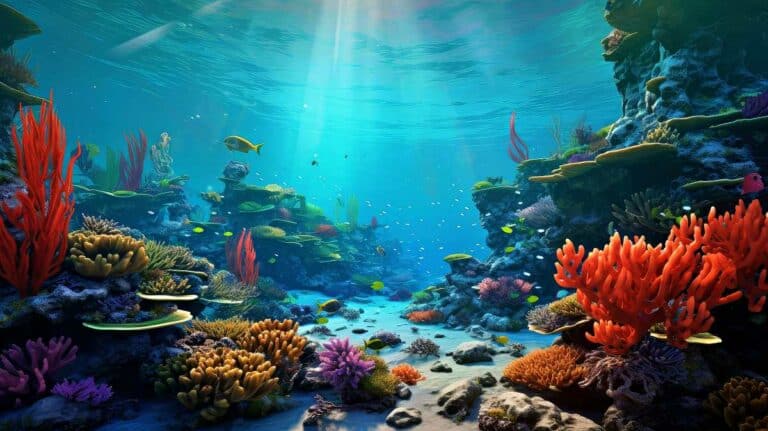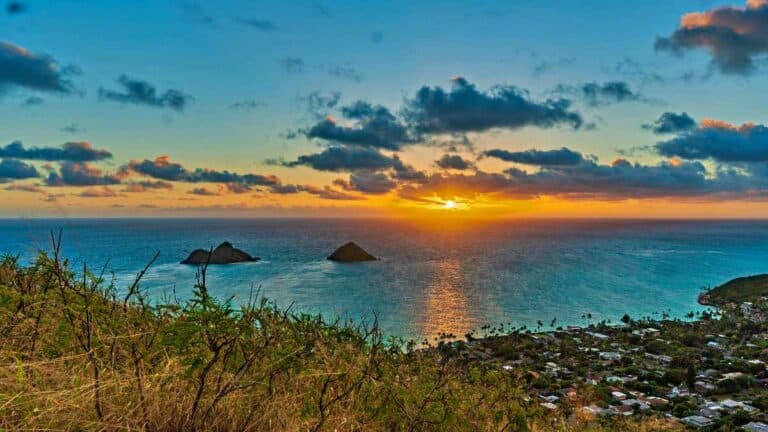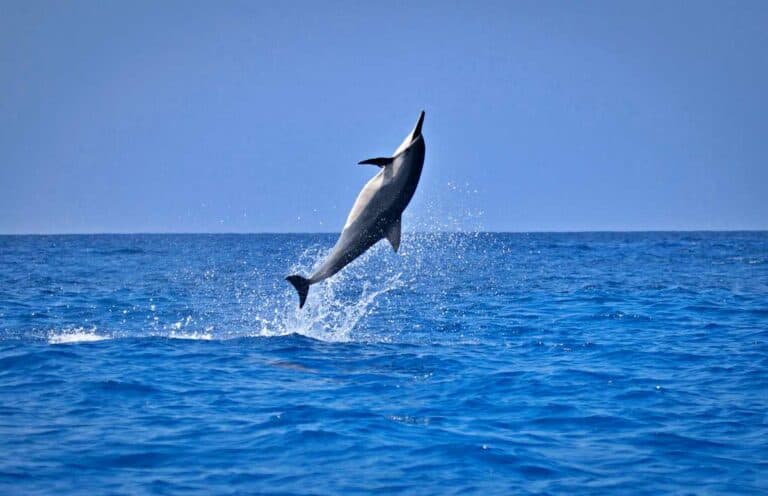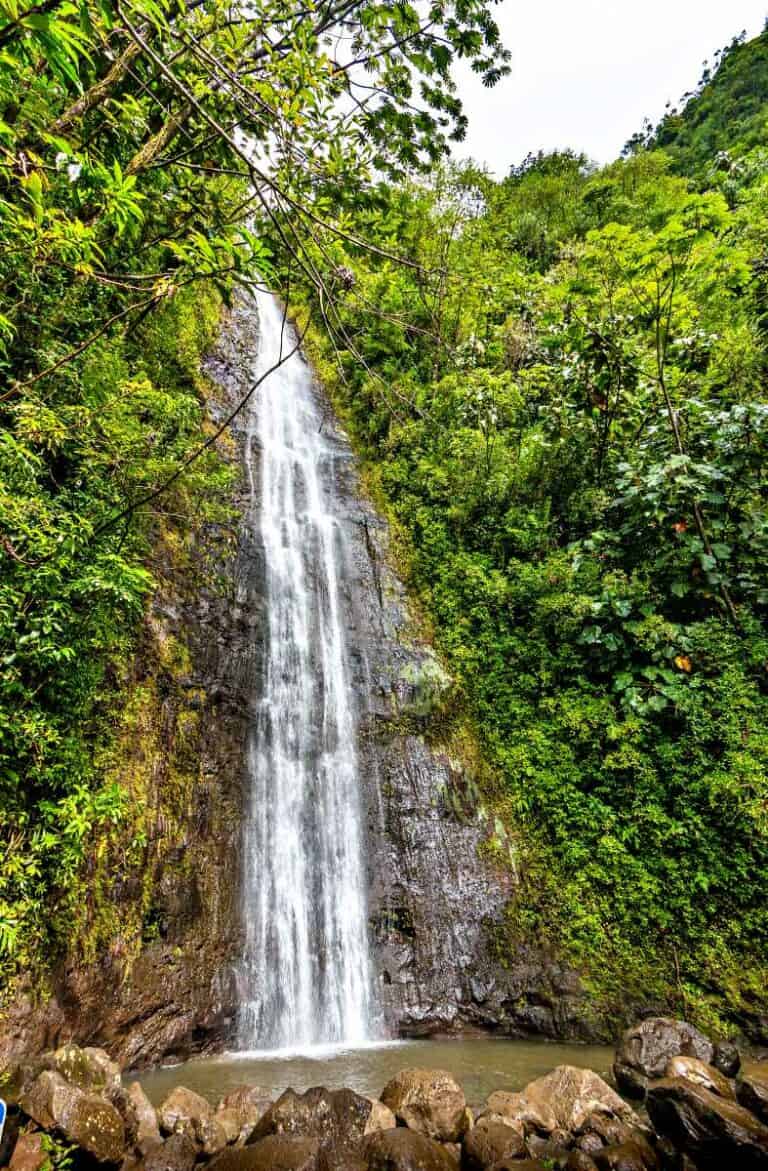5 Must-Visit Oahu Botanical Gardens (Ultimate 2024 Guide!)
Visiting some of the botanical gardens in Oahu should be on every garden lover’s itinerary for the island.
Although Kauai is known as “The Garden Isle” and Kauai’s botanical gardens are spectacular, each of the other large Hawaiian islands offers beautiful gardens to visit.
Oahu botanical gardens range from the lush rainforest of Ho’omaluhia Botanical Garden to the succulents of Koko Crater Botanical Garden and the “exceptional trees” of Foster Botanical Garden.
Officially the Honolulu Botanical Gardens, the five gardens are scattered about the island, but are easy to fit into explorations of different parts of Oahu.
Oahu’s botanical gardens feature impressive plant specimens from many parts of the world, and also offer the opportunity to look for birds and wildlife.
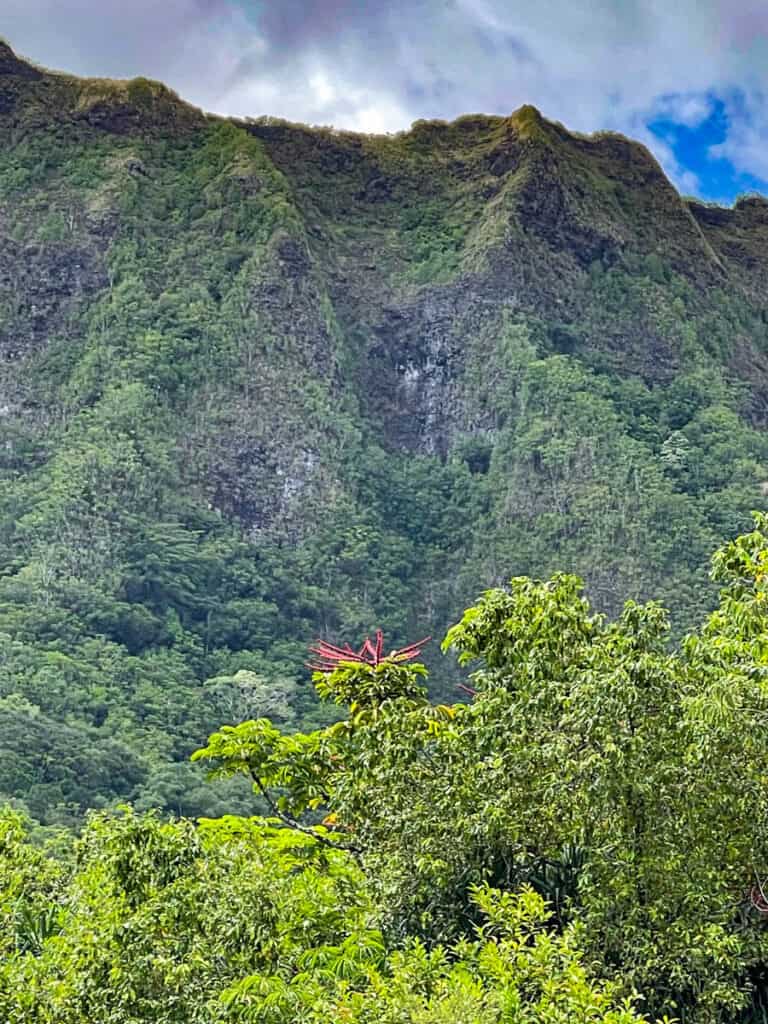
Exploring the Honolulu Botanical Gardens is one of the best things to do in Oahu for garden and nature lovers, and birdwatchers, that visit the island.
But even visitors with just a passing interest in plants and trees will want to step inside one of Oahu’s botanical gardens for a great way to relax for a bit in a green oasis.
In this article, we’ve rounded up the five botanical gardens in Oahu, with information on what to see and how to visit each garden.
Planning your trip to Oahu? Check out our 2024 guide to the most popular tours and excursions in Oahu!
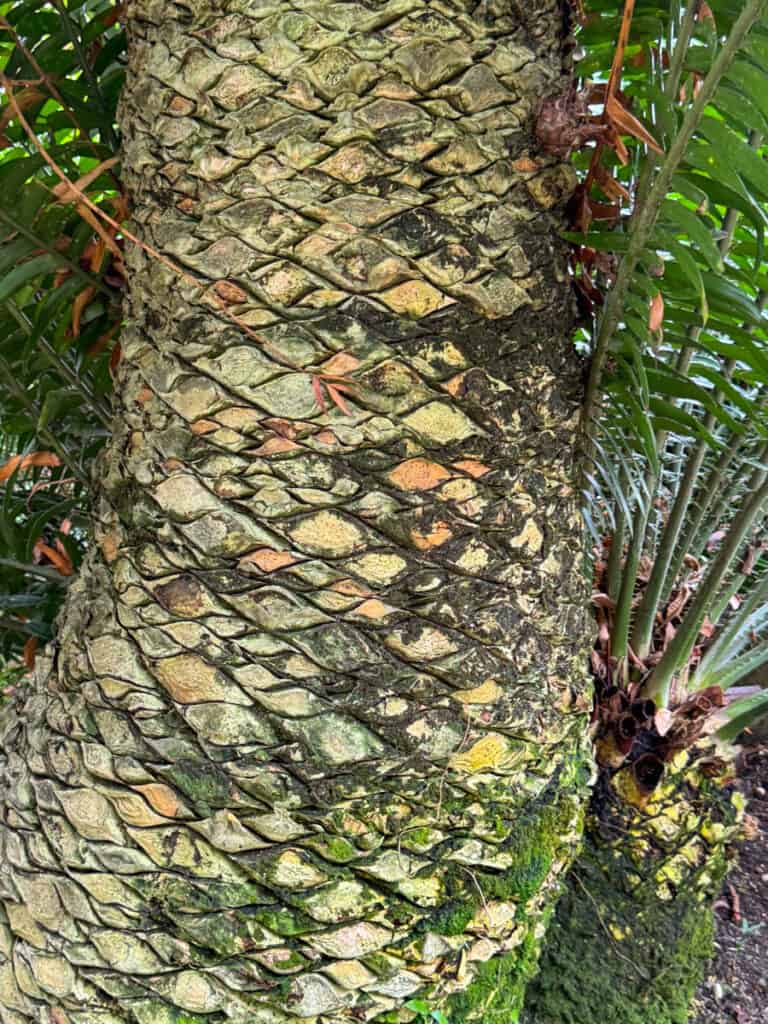
Some links on this page may be affiliate links. If you click an affiliate link and make a purchase, we may receive a small commission, at no extra cost to you. For more details, refer to our disclosure.
Best Botanical Gardens in Oahu
1. Hoʻomaluhia Botanical Garden
With breathtaking views of the mist-shrouded Ko’olau mountains, a tranquil setting in windward Oahu, and impressive plant collections from many parts of the planet, the Ho’omaluhia Botanical Garden is one of the best botanical gardens in Oahu.
This beautiful garden is our favorite garden on the island!
Ho’omaluhia means “to create a place of tranquility,” and tranquility is exactly what you will find in this garden. Once you are in the heart of the garden, birdsong and the rustling of leaves in the breeze are all you’ll hear.
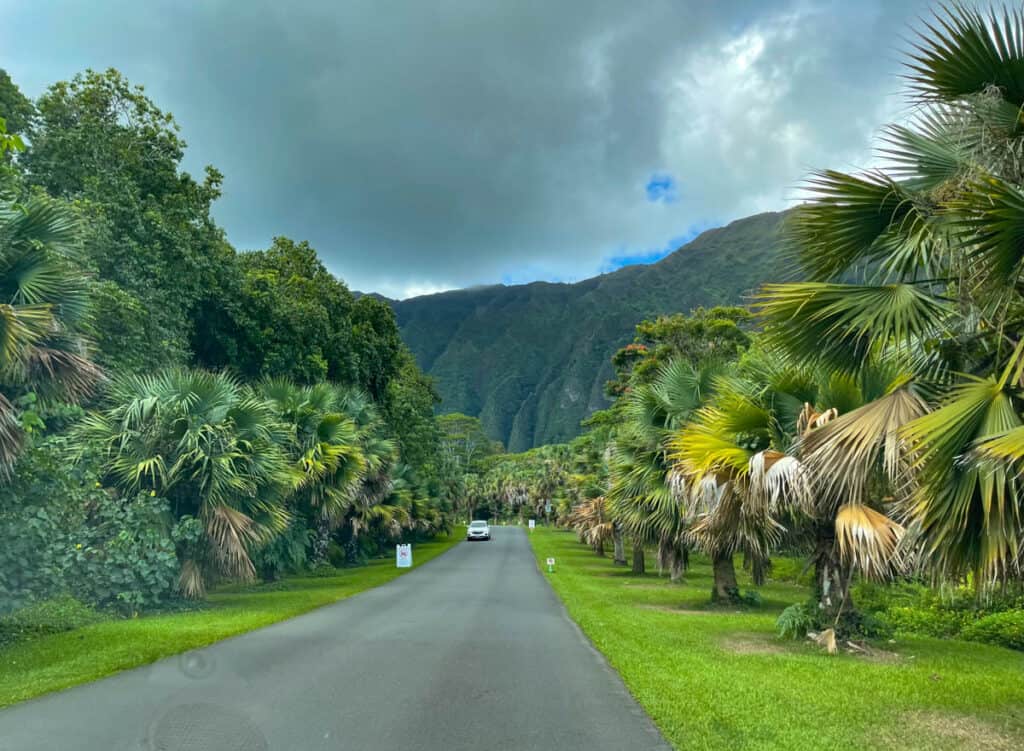
Two big pluses to visiting Hoomaluhia Garden: it’s free to visit, and visitors strapped for time can still enjoy the garden by simply driving through it.
Spread over 400 lush acres, the Ho’omaluhia Botanical Garden showcases collections from Tropical America, Africa, Philippines, Malaysia, India + Sri Lanka, Polynesia, Melanesia.
And of course, there’s a section devoted to plants from Hawaii, some rare and endangered.
Look for hala, kukui, plumeria, paperbark, orchids, palms, ficus, and many many more plants and trees!
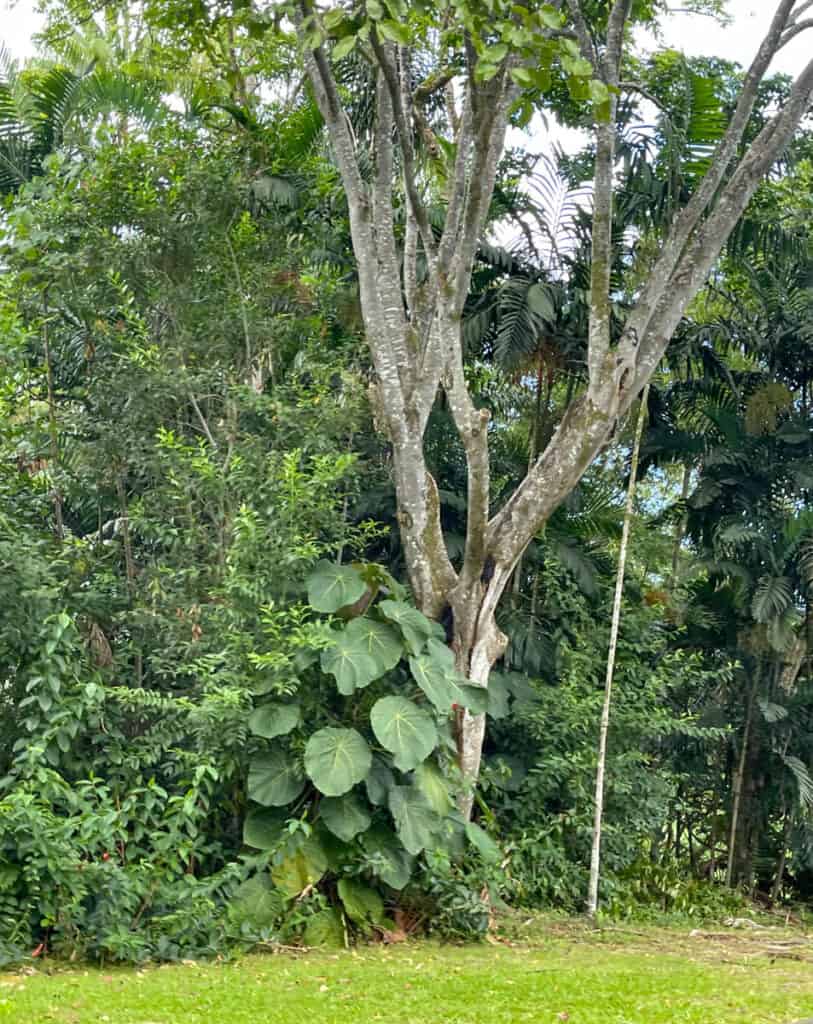
It’s easier, and quicker, to drive to different parking areas within the garden and view nearby collections.
From the visitor center, be sure to do the short walk to the man-made 32-acre reservoir, Loko Waimaluhia. You can stroll around the lake, and watch the ducks.
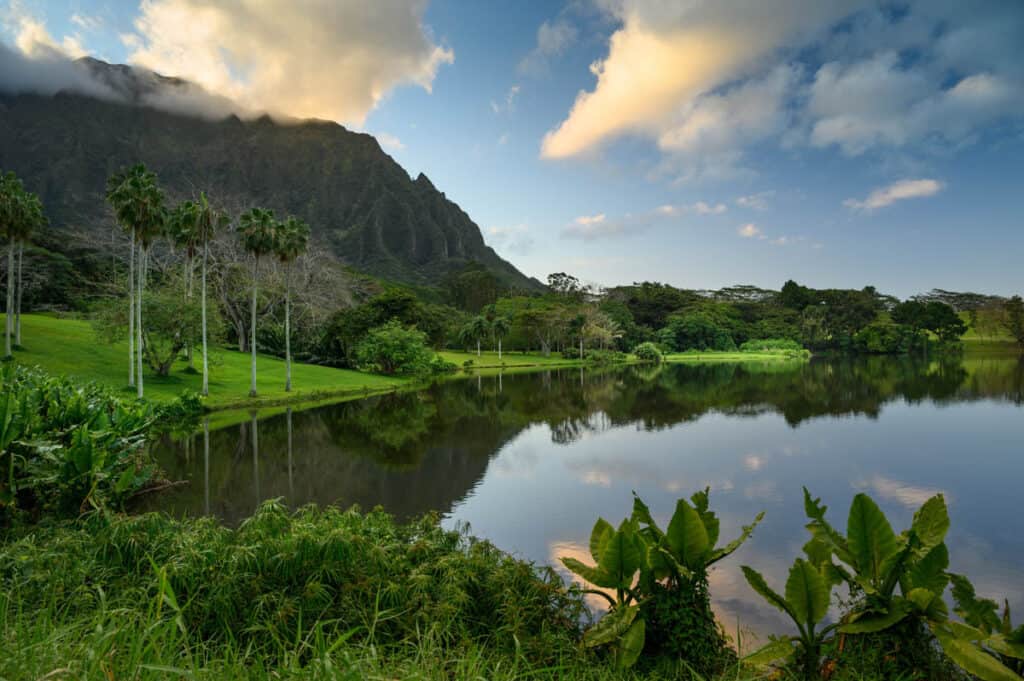
Another must-stop spot, even on a brief visit, is Kilonani Mauka, a viewpoint over the whole garden, the Ko’olau Mountains, and even Kaneohe Bay. Fair warning, though: the five-minute walk is steep.
If you have the time, there are many nature trails you can walk in the garden, some family-friendly and others more challenging.
As you walk the trails, keep your eyes open for birds. Red-crested cardinal, mynahs, cattle egrets, and white-rumped shamas are common. You may be lucky and spot a Hawaiian honeycreeper, a black-crowned night heron, or a Hawaii coot, all native Hawaiian birds.
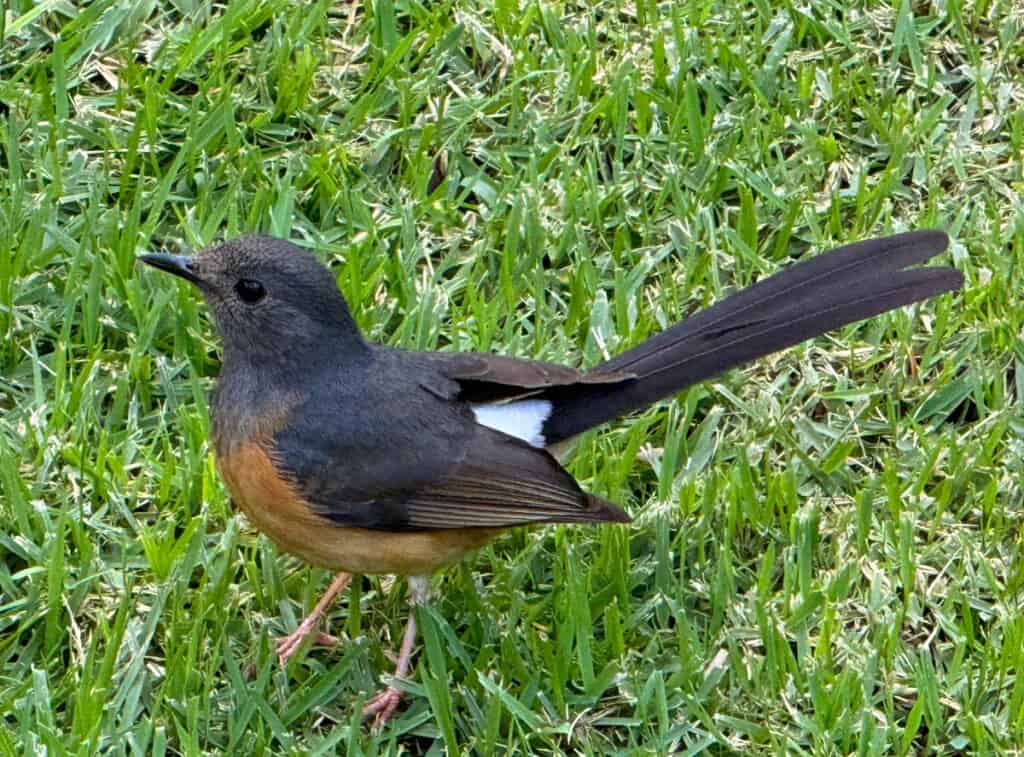
Also keep your eyes open for mongoose: you may even see babies. They are shy and quick, so it’s hard to snap photos of them. Of course, leave them and other wildlife alone.
Stop by the visitor center to obtain a map before you head out to explore. Docents are friendly and will answer any questions you have!
There is plenty of parking at Ho’omaluhia Botanical Garden. You’ll find restrooms, water fountains, and shaded picnic areas as well. You can also camp in the garden, if you reserve in advance.
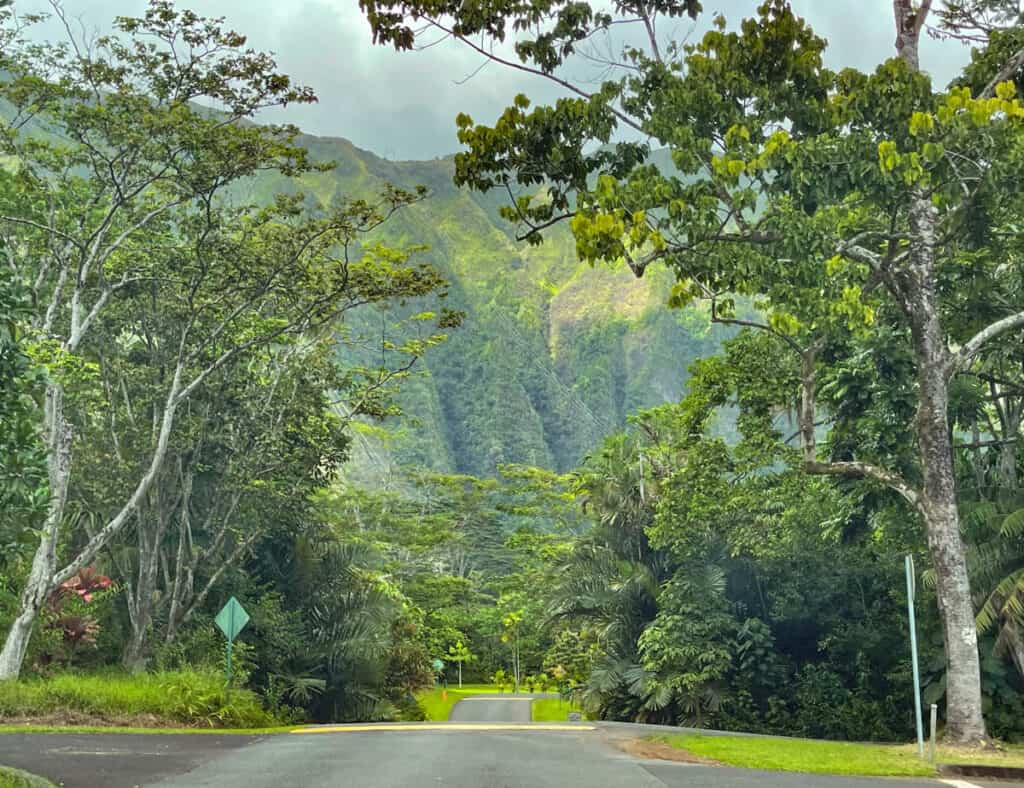
Ho’omaluhia Botanical Garden is located in Kaneohe, about a 40-minute drive from Waikiki (see map) and open daily from 9 a.m. until 4 p.m. It is closed Christmas Day and New Year’s Day.
If you are exploring this part of the island, another lovely place to visit nearby is the Byodo-In Temple of Oahu.
And if you are looking for a place to dine after your sightseeing, head to Haleiwa Joe’s in Kaneohe for a meal with a superb garden view!
If you are planning a visit, be sure to read our complete guide to Hoomaluhia Botanical Garden.
2. Foster Botanical Garden
An excellent addition to an exploration of downtown Honolulu for garden and nature lovers, Foster Botanical Garden is small enough to explore in an hour or two.
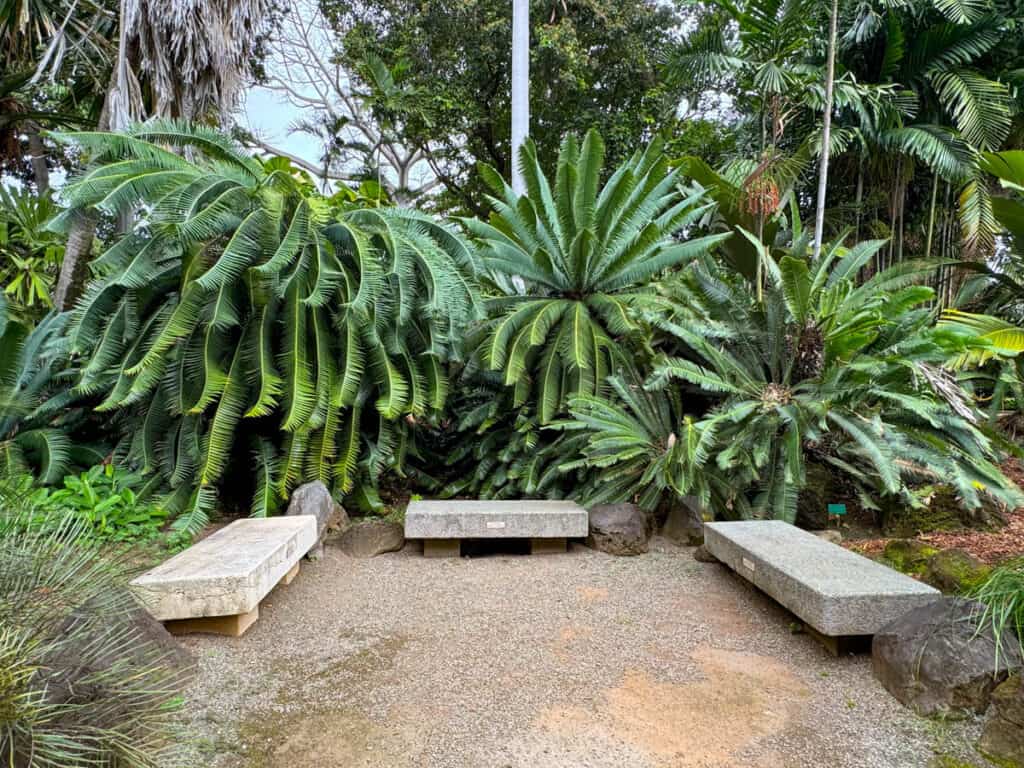
The oldest of the five Honolulu Botanical Gardens, Foster Botanical Garden encompasses 14 acres. Some trees here date back to the 1850s!
Close to two dozen trees in the garden have been designated “Exceptional Trees” by city ordinance.
Look for the bo tree (Ficus religiosa) by the entrance: it stems from a cutting from Sri Lanka’s famous Sri Maha Bodhi, a tree that dates back to 288 B.C.!
The cannonball tree (it has a warning to stand away so that you aren’t hit by a cannonball falling from above!), the giant quipo with its towering trunk, the tall rainbow eucalyptus, and the double coconut palm are other must-not-miss trees in the garden.
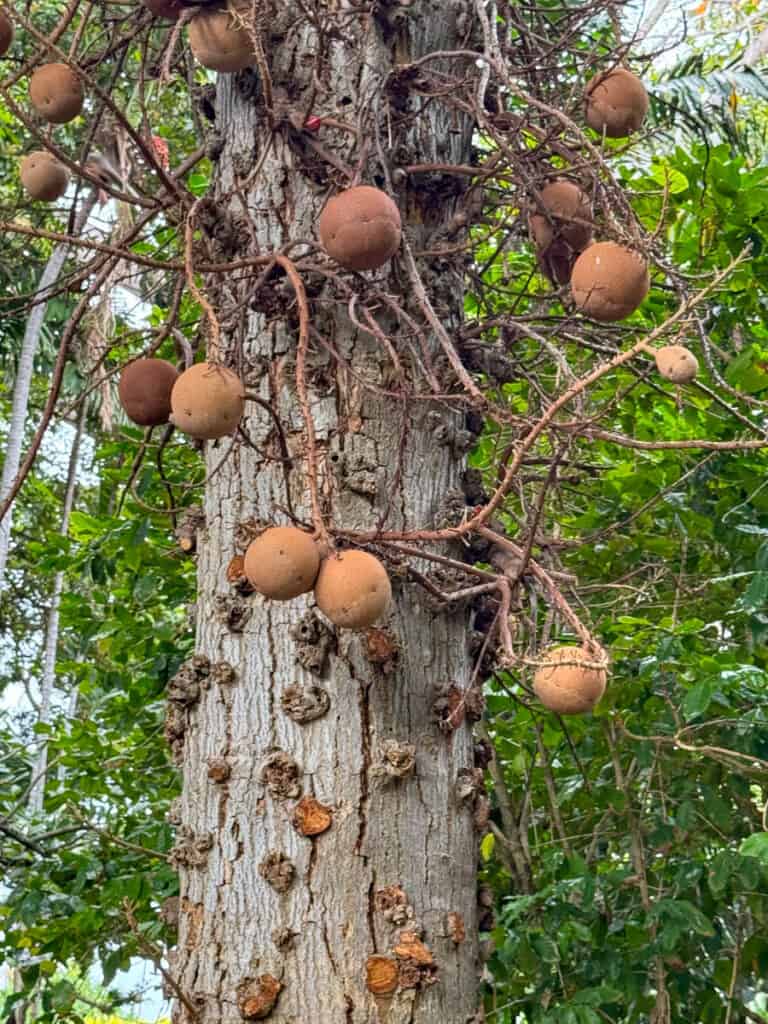
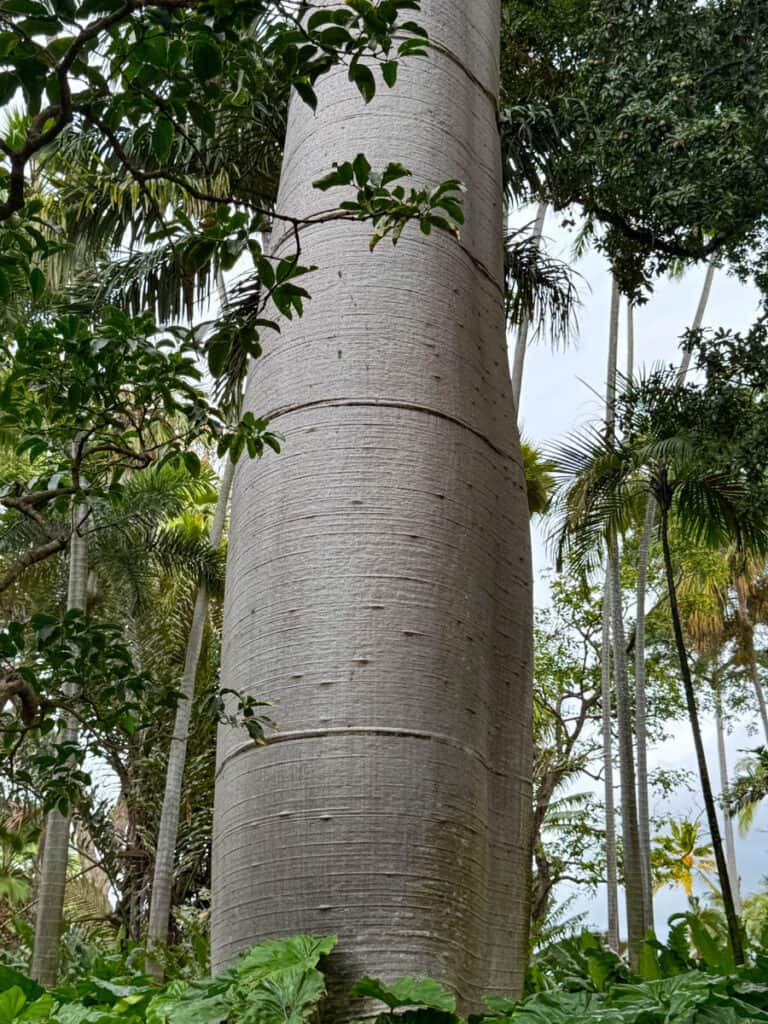
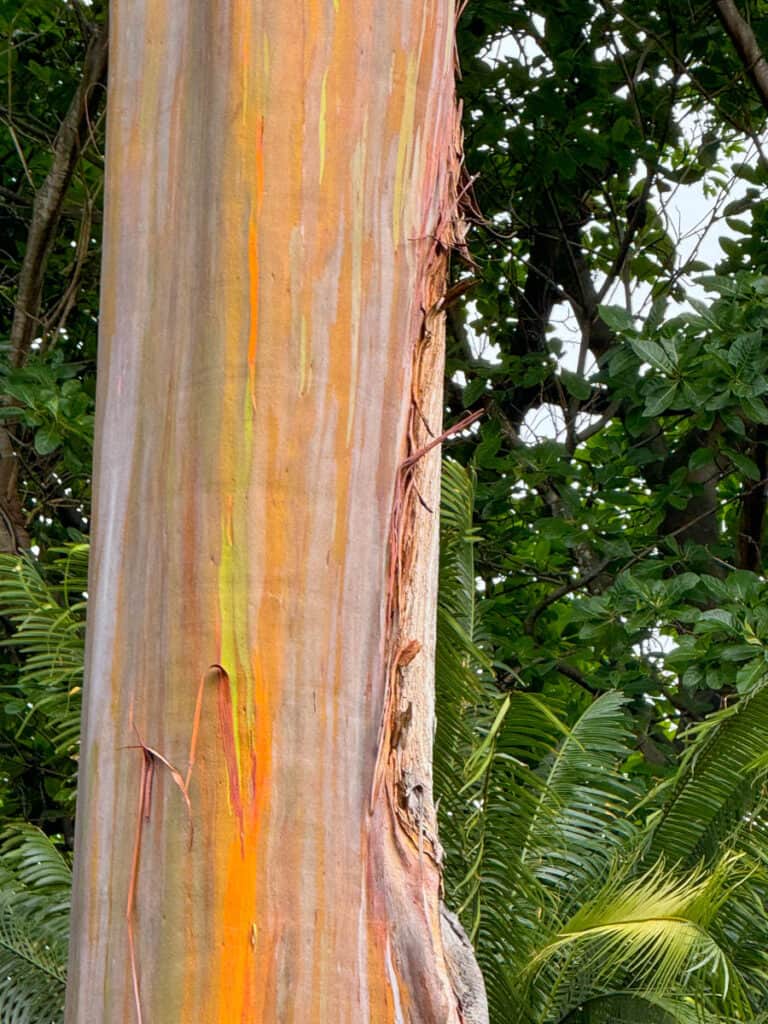
In the Economic Garden, look for the ‘ulu or breadfruit tree, the black pepper vine, the macadamia nut tree and more. The palms and cycads collections are also impressive.
Snap a photo of the Hiroshima Monument. It commemorates the 75th anniversary of the first Japanese immigrants arriving in Hawaii.
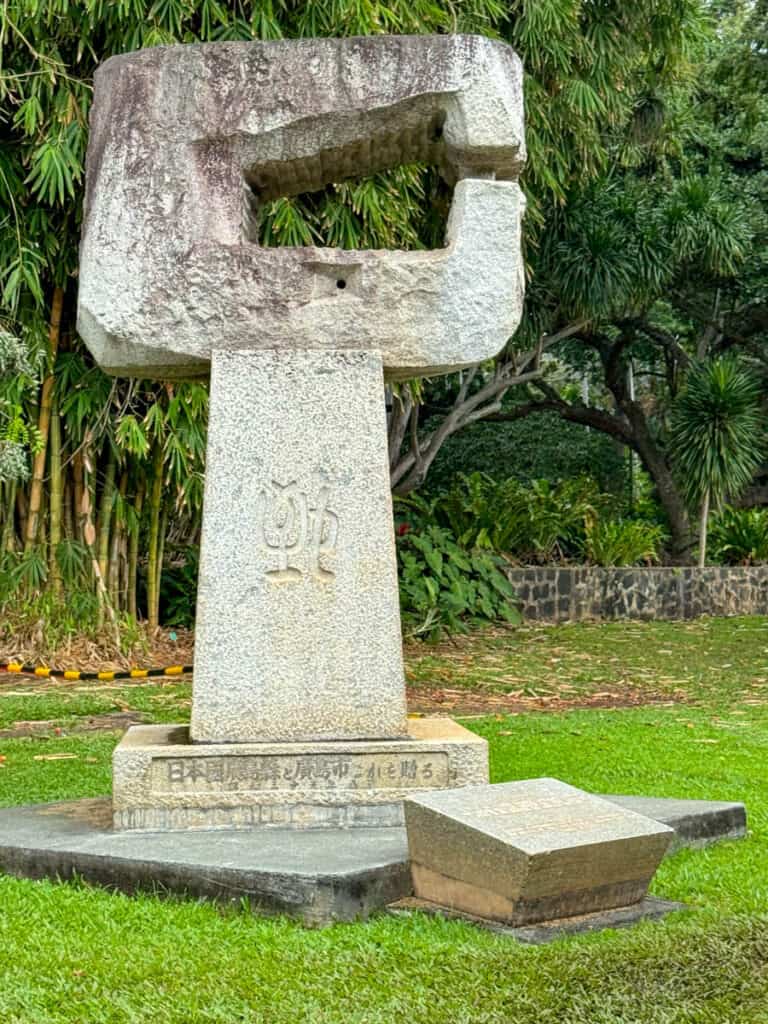
There is also a statue of Buddha, a replica of the Great Buddha of Kamakura, which commemorates the 100th anniversary of Japanese immigrants coming to Hawaii.
Foster Botanical Garden has parking and restrooms. It is located in downtown Honolulu (see map), about a 15-minute drive from Waikiki in normal traffic.
Near the entrance to the garden is the beautiful Kuan Yin Temple with its green roof. If it’s open, you can step inside. Chinatown is a short walk.
The garden is open daily from 9 a.m. until 4 p.m., but closed on Christmas and New Year’s. Admission is $5.00 for non-resident adults, $1.00 for kids 6-12, and $3.00 for Hawaii residents. Kids under 5 are free.
If you plan to visit, be sure to read our complete guide to Foster Botanical Garden.
3. Koko Crater Botanical Garden
Want to see a xeriscape garden in usually lush Hawaii? Head to the Koko Crater Botanical Garden!
With a unique location on the inner slopes and basin of the arid Koko Crater, the eponymous botanical garden showcases a variety of dryland plants.
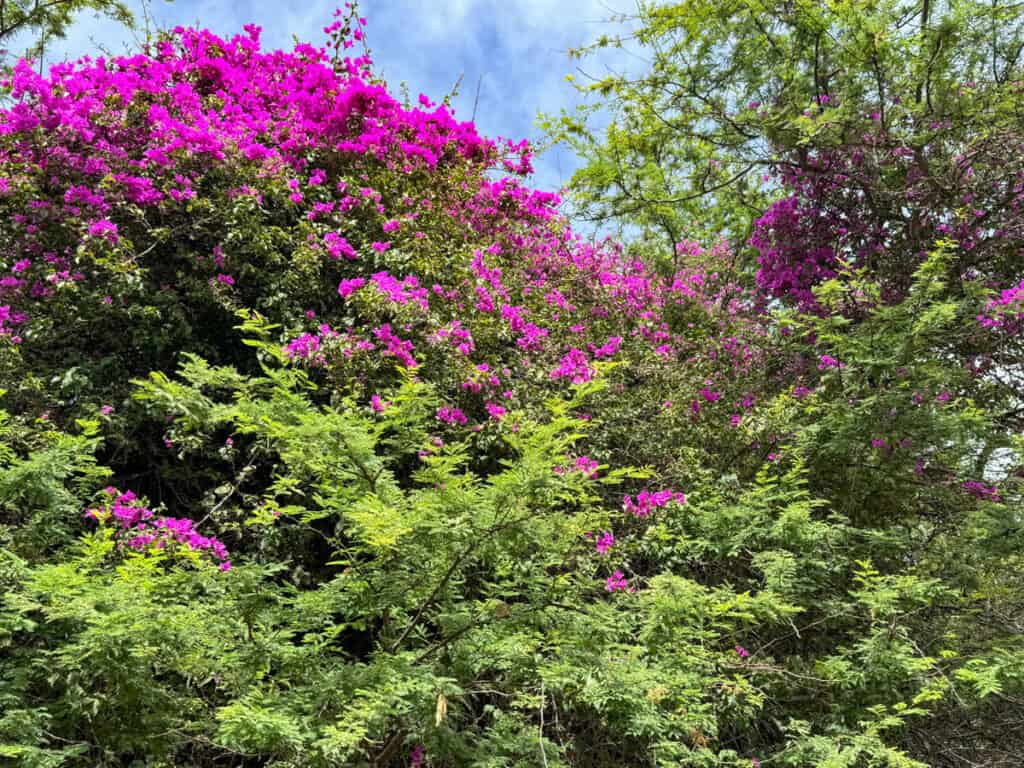
The 60-acre garden includes not only a number of rare and endangered succulents and cacti but also a plumeria grove, bougainvillea, hibiscus, and kiawe and koa trees.
The plumeria grove is located near the entrance if you do not want to walk the entire trail. The bloom is a showstopper when it is at its peak in spring and early summer.
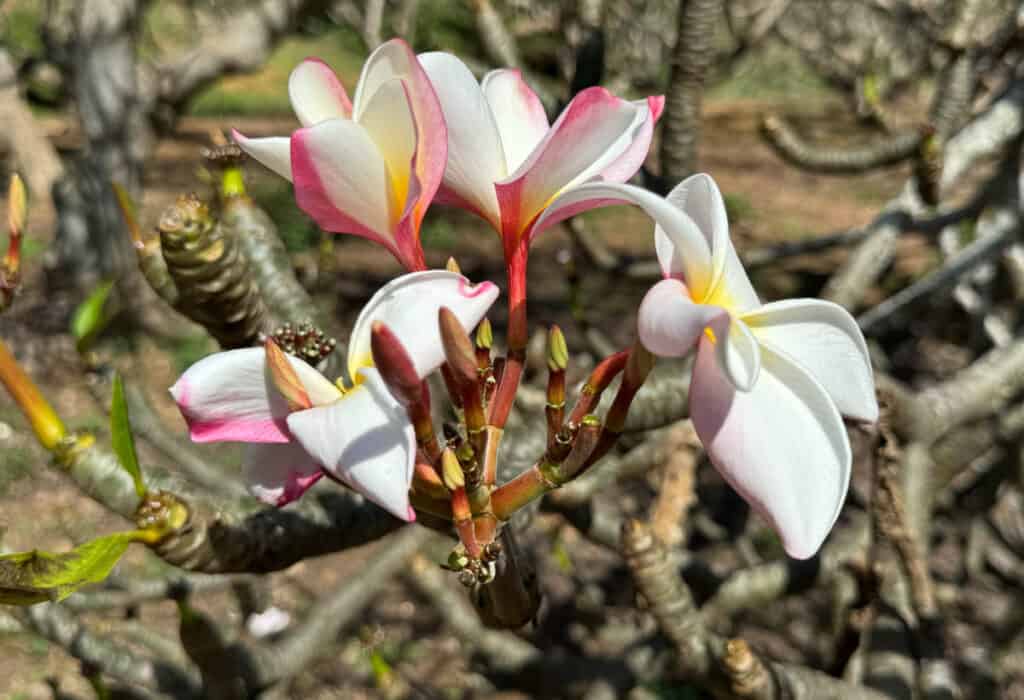
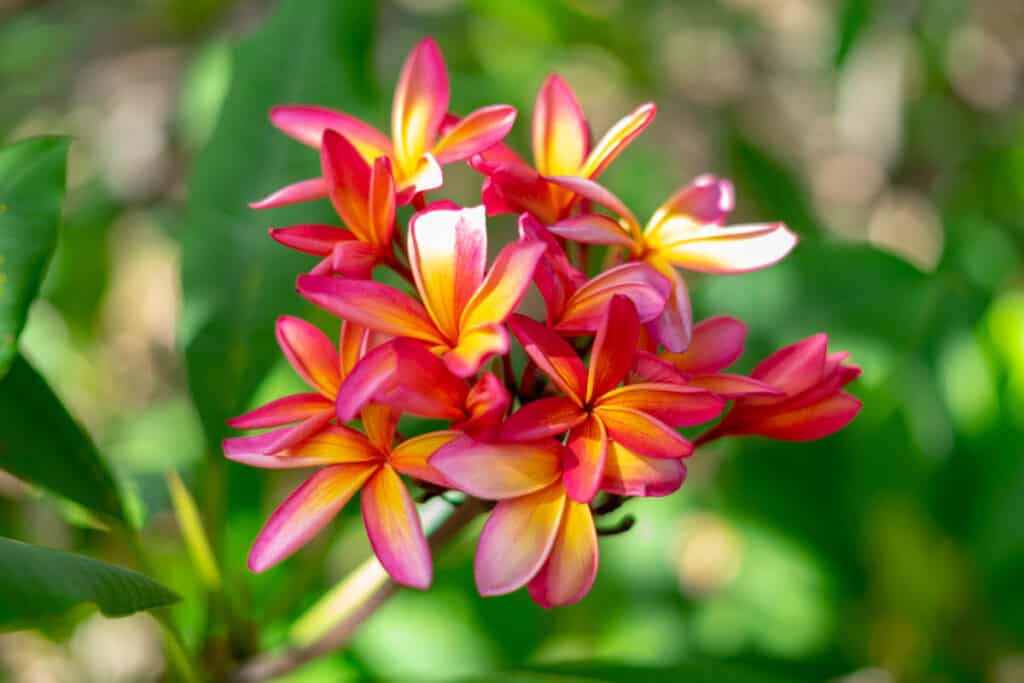
Plant collections in Koko Crater Botanical Garden are organized by geographic region — you’ll find collections from Hawaii, the Americas, Africa (there are plants from Madagascar), and Pacifica.
Look for the grove of native wiliwili trees in the Hawaii section, as well as loulu palms, and lonomea.
Some of the cacti and succulents you’ll see here include barrel cactus, aloes, euphorbias, and agave.
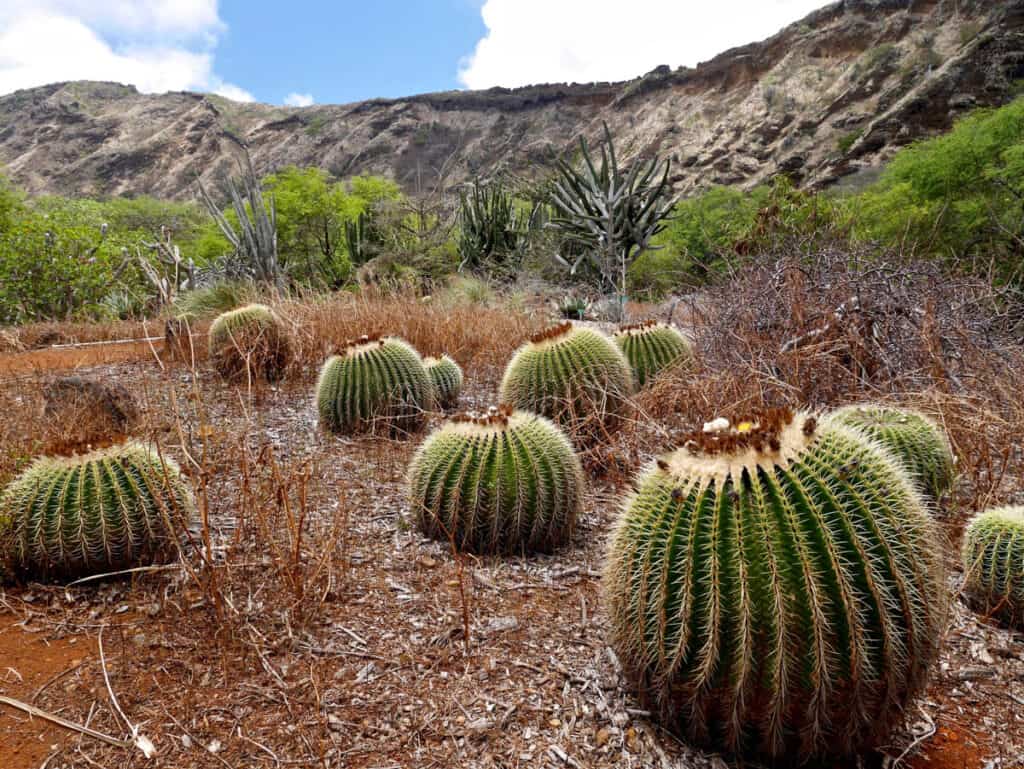
A two-mile dirt loop trail takes you through the different parts of the garden. A box near the welcome sign has maps of the trail if you want to borrow one.
Keep your eyes open for birds as you walk — you’ll find the usual common birds — mynah, zebra dove, red-crested cardinal, and white-rumped shama, but you may also spot other species. Also look for mongoose!
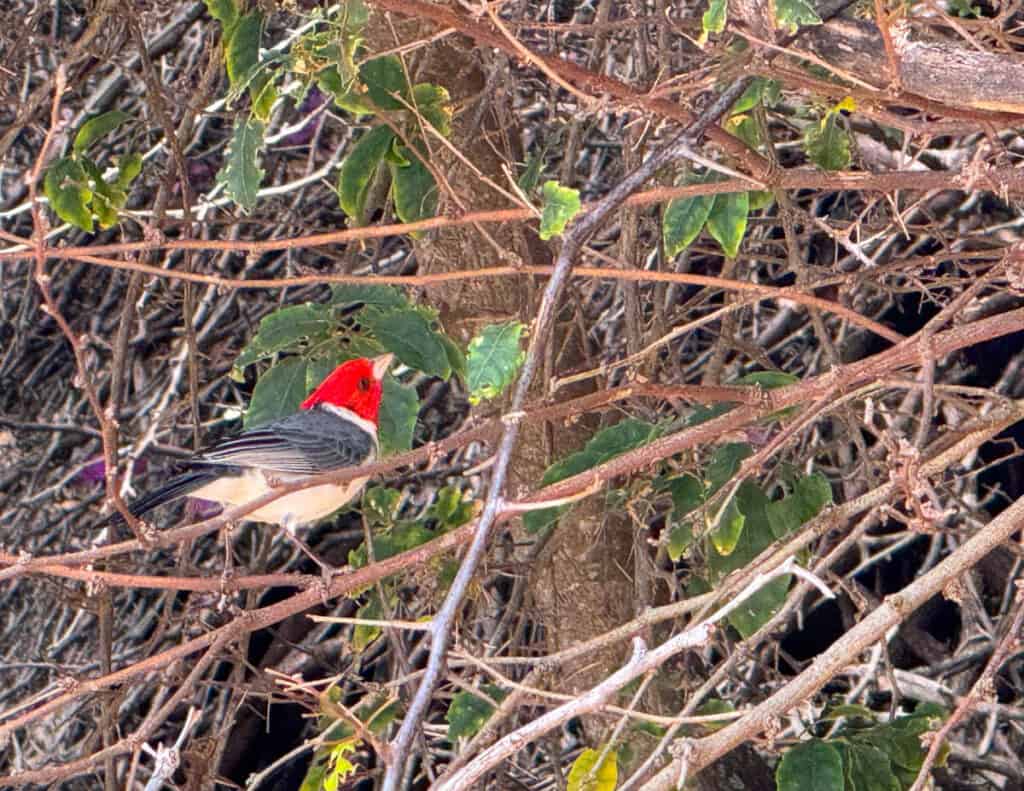
Koko Crater Botanical Garden is located in Honolulu (see map) and is open daily from sunrise to sunset, but closed on Christmas and New Year’s. The garden is free to visit.
There is no drinking water available at Koko Crater Botanical Garden. Bring lots of drinking water to stay hydrated as you hike through the garden.
Also, there is only one portable toilet in the garden.
En route to Koko Crater Botanical Garden from Waikiki, you will want to stop and take in the spectacular views at the Halona Blowhole Lookout, and maybe catch the Hawaii blowhole in action!
4. Wahiawa Botanical Garden
Wahiawa Botanical Garden is a 27-acre garden nestled between the Wai‘anae and Ko‘olau mountain ranges in central Oahu.
This garden makes for a great stop on your way to the north shore of Oahu from Honolulu, and can be combined with a visit to the nearby Dole Plantation.
A tropical rainforest garden, Wahiawa Botanical Garden showcases plants that thrive in the somewhat cooler uplands: the garden is set on a plateau at an elevation of 1,000 feet.
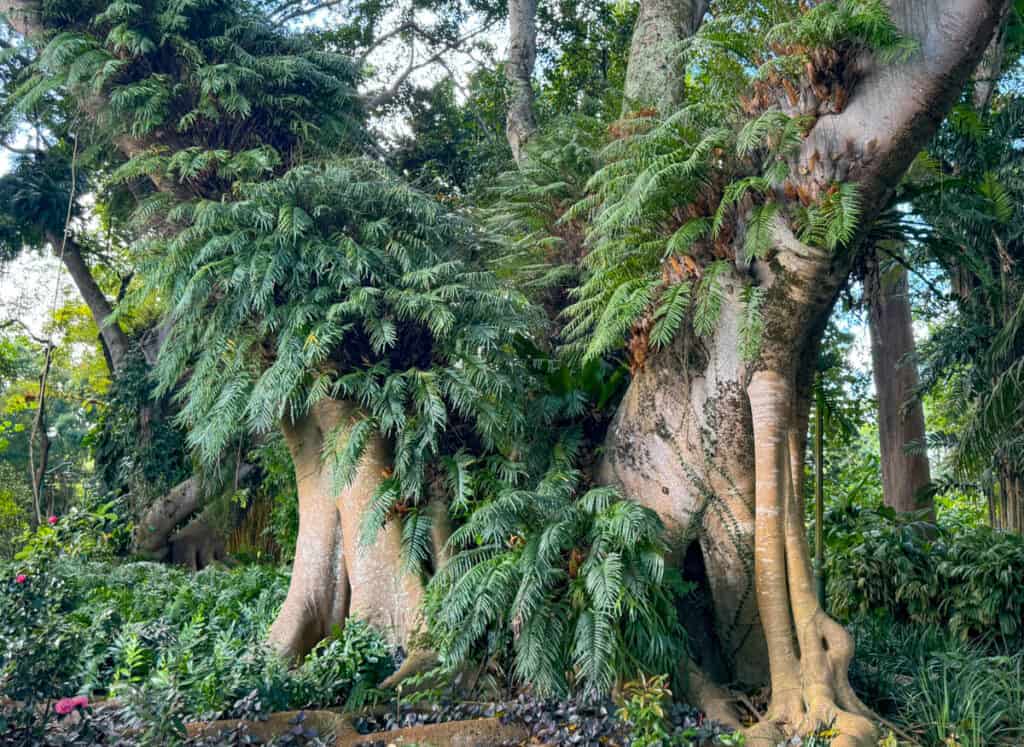
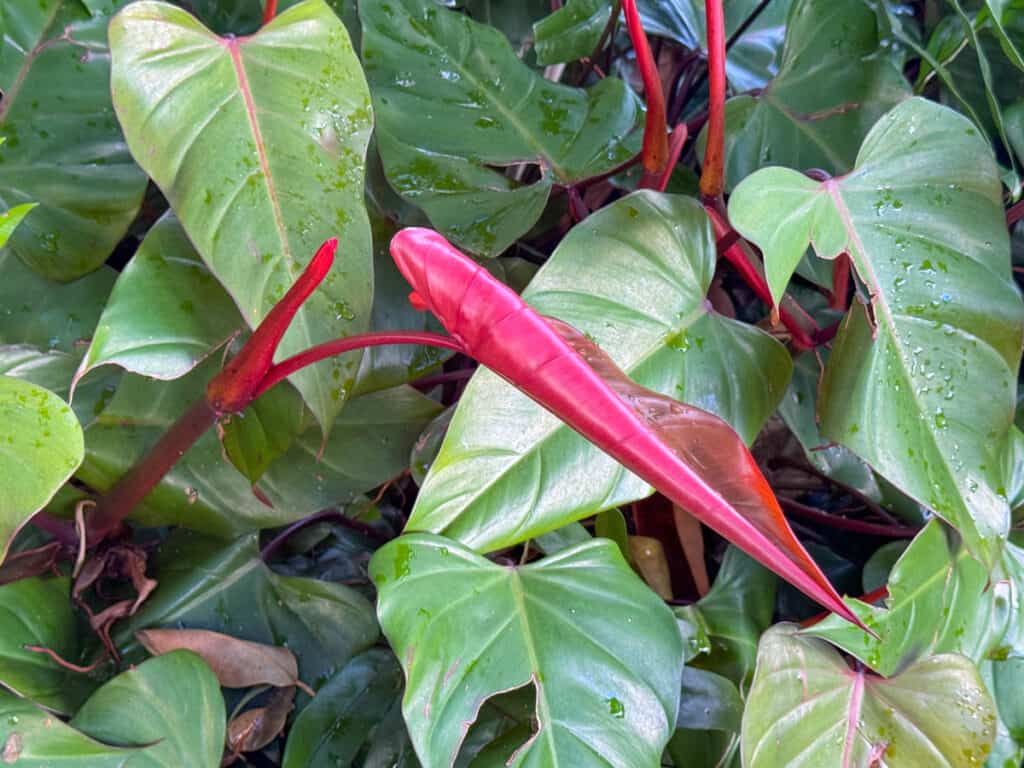
You’ll find native Hawaiian plants in this garden, along with a number of tree ferns, epiphytic plants like orchids, aroids, bromeliads, and moss, heliconias, gingers, and palms.
As you walk the garden, look for the ficus with the giant exposed roots: it makes for a great photo! Other trees to spot are the rainbow eucalyptus, the autograph tree, the geometry tree, the candle tree with its long fruit, and coffee and allspice.
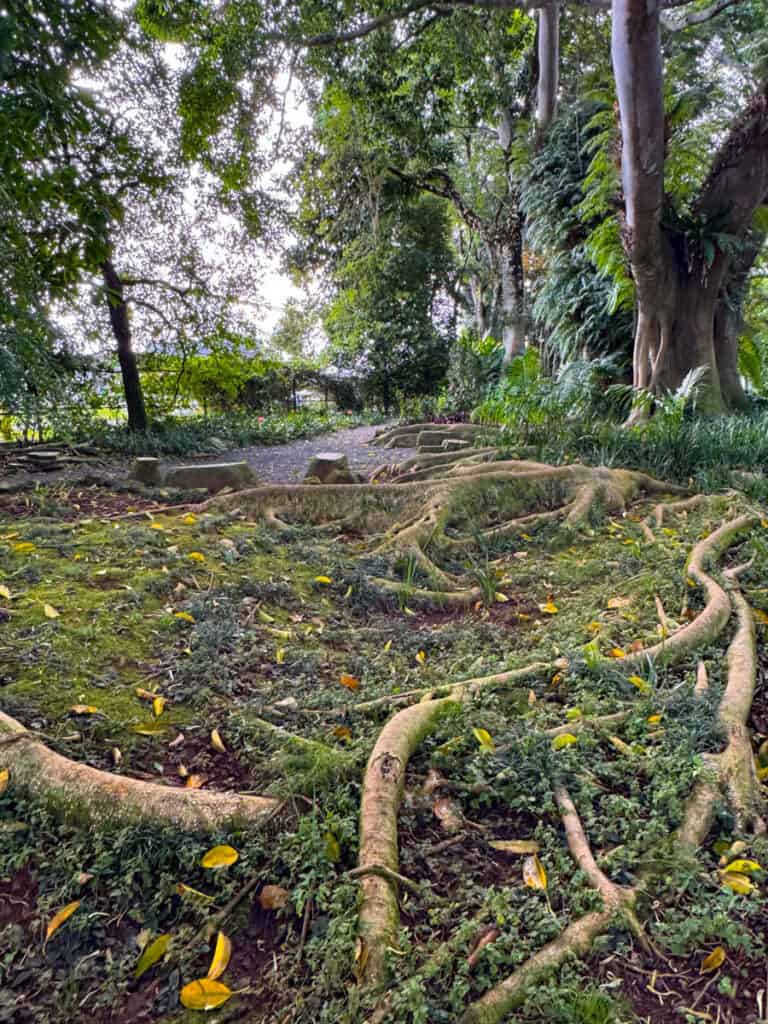
Also look for the hapu’u, the Hawaiian tree fern that’s currently endangered.
A portion of the garden is flat and accessible, but the lower (wilder) part of the garden involves descending and ascending stairs or ramps. If you enjoy gardens, even just doing the accessible part is worthwhile.
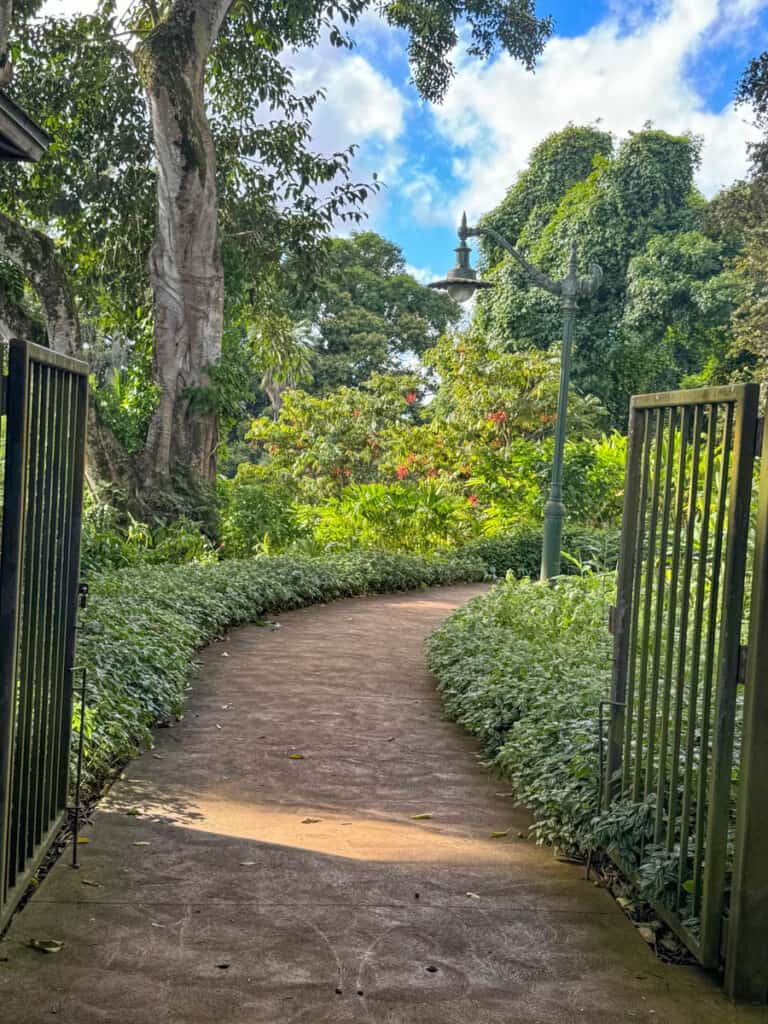
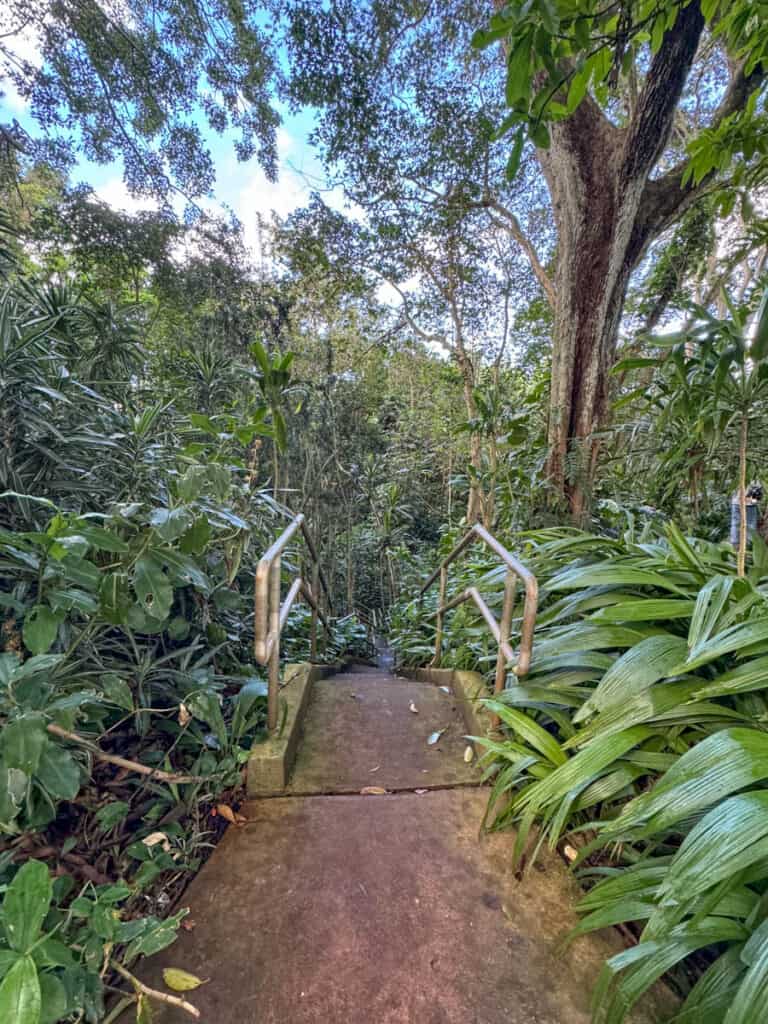
Wahiawa Botanical Garden is located in Wahiawa, about a 45-minute drive from Waikiki in normal traffic (see map). The garden is open daily from 9 a.m. until 4 p.m., but closed on Christmas and New Year’s Day.
There are restrooms and drinking water at Wahiawa Botanical Garden. You can obtain a paper map at the visitor center as you enter.
Admission to Wahiawa Botanical Garden is free, but donations are accepted.
5. Liliʻuokalani Botanical Garden
A 7.5-acre garden in downtown Honolulu, Lili’uokalani Botanical Garden is set next to the N’uanu Stream. It’s an easy (and quick) visit with Foster Botanical Garden, since it’s walking distance.
The garden includes areas where Queen Lili’uokalani, the last reigning monarch of Hawaii, used to picnic when she owned the property.
The queen eventually donated the property to the city of Honolulu a few years before her death, to be maintained for the public to enjoy.
Arguably the most striking feature in the garden is the Waikahalulu Waterfall, which makes for a great photo subject.
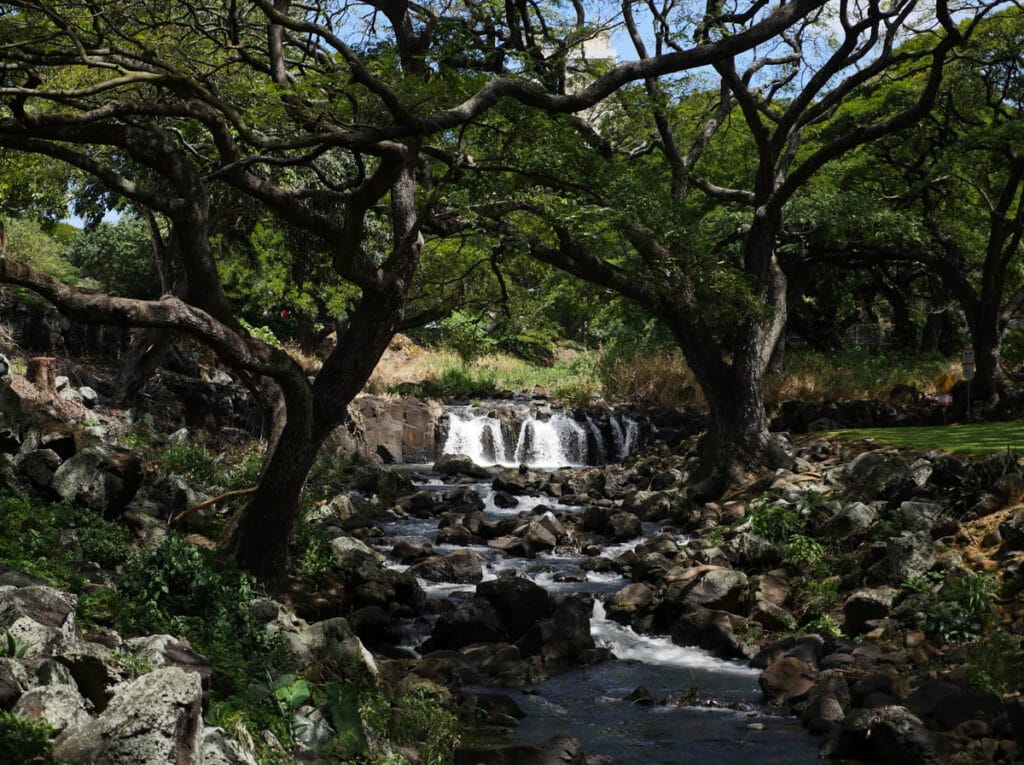
Lili’uokalani Botanical Garden has been preserved in its original undeveloped state for the most part. It has more of a park-like setting, so if you are expecting a garden, you may be disappointed.
It showcases native Hawaiian plants and contains some large trees, like a banyan tree, several monkeypod trees, and wiliwili trees. Also look for tamarind, hala with its distinctive shape, kukui, and palms.
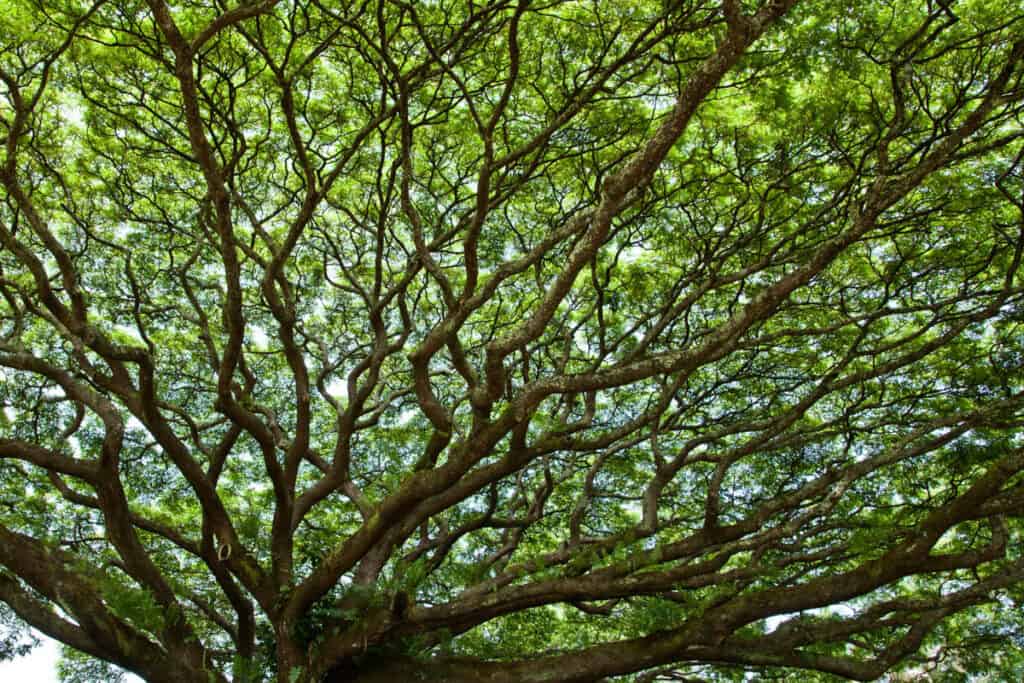
You can walk a paved path from the entrance to the stream and the waterfall.
We liked our quick visit to Lili’uokalani Botanical Garden mainly for the waterfall and the mature trees.
Liliuokolani Botanical Garden has parking and restrooms (the restrooms may not be functional, though, so plan accordingly).
The garden is located in downtown Honolulu (see map), about a 15-minute drive from Waikiki in normal traffic. It is open daily from 7 a.m. until 5 p.m., but closed on Christmas and New Year’s. Admission is free.
Map of the 5 Botanical Gardens in Oahu
What to Wear and Bring for Your Oahu Botanical Gardens Visit(s)!
Rain gear is always a good idea when you visit rainforest gardens like Ho’omaluhia Botanical Garden or Wahiawa Botanical Garden. We always have lightweight ponchos or rain jackets in our backpacks or daybags when we go sightseeing in Hawaii.
Bring your refillable water bottle to gardens that have potable water, so you can fill up and stay hydrated. If the garden has no drinking water, like Koko Crater Botanical Garden, bring your own!
For gardens that take longer to explore, such as Ho’omaluhia Botanical Garden or Koko Crater Botanical Garden, bring some snacks as well. We love these protein bars!
Sun protection is a must, regardless of which Oahu botanical gardens you plan to visit. We like this reef-safe sunscreen that’s perfect for Hawaii. We also use this one: it’s great for sensitive skin!
Also bring a sun hat with a broad brim (men’s/women’s on Amazon) and sunglasses (we like this brand), and use a lip balm with SPF.
Bring bug spray or bug wipes to minimize the chance of bites as you stroll the Oahu botanical gardens!
If you like photographing birds or small flowers but do not want to lug around a heavy lens when you hike or sightsee, consider this tiny camera that fits into your pocket but has a powerful zoom lens.
If you enjoy birding, compact binoculars are great to bring as well.
Wear light-colored, loose long-sleeved shirts and long pants to help protect from bites, and be sure to wear appropriate walking shoes. Closed-toed shoes with good grip are helpful on paths that can be slippery after rain.
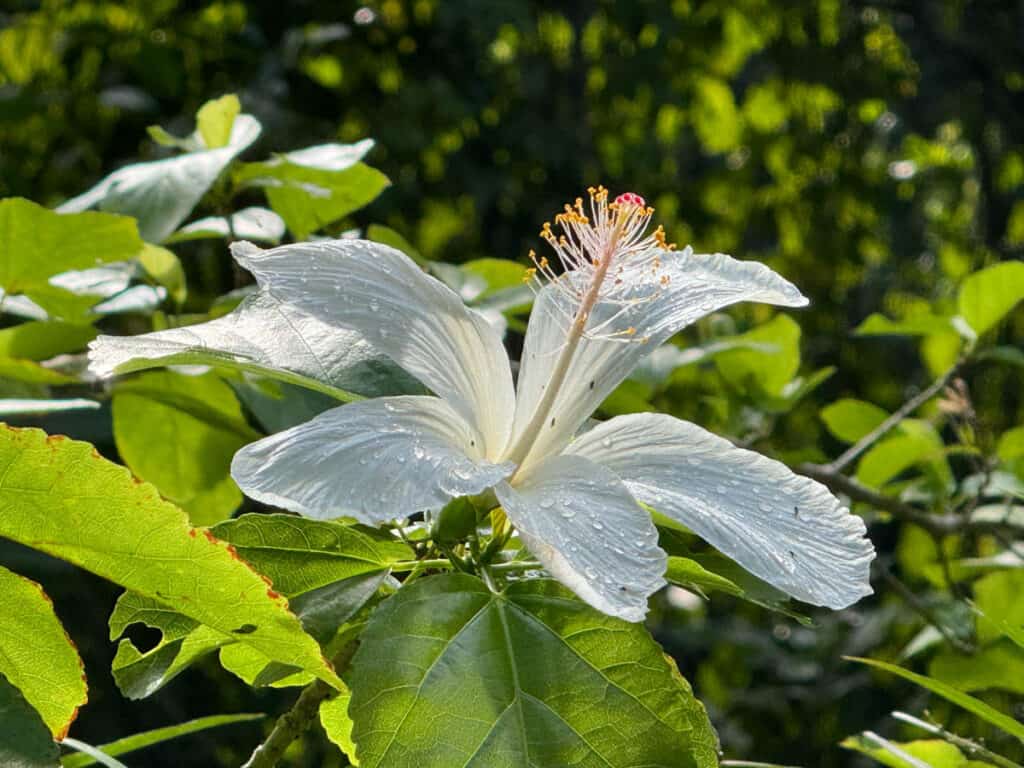
Guidelines for Visiting the Oahu Botanical Gardens
Exercise caution on pathways and trails
Paths and trails in the gardens may be uneven, or wet and slick. There may be exposed roots, vegetation debris, and loose rocks.
Wear shoes with good grip, always watch where you are stepping, and be alert to falling branches, fruit and the like.
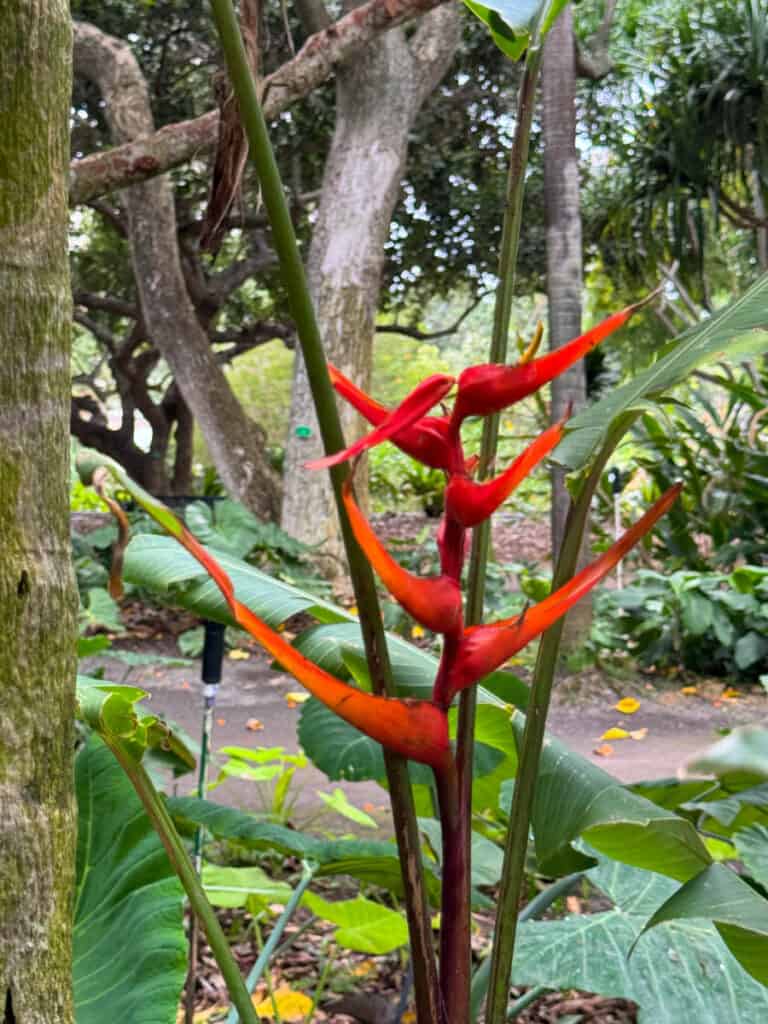
Do not touch plants or lean against tree trunks
Do not handle plant material or put any plant parts in your mouth. Some plants may be poisonous or cause adverse reactions.
There may be centipedes or other bugs on tree trunks and plants. Never lean against trees when posing for photos.
Keep your distance from wildlife
Observe wildlife such as mongoose from a respectable distance. Never touch or feed wild animals you see in the gardens.
Do not pick plants, flowers, fruit, or seeds
Leave only with memories and photos and video!
Do not bring pets
Dogs are not permitted in the Oahu botanical gardens, so you’ll want to leave them behind on your visits to these gardens.
Did you find this article informative? Pin it on Pinterest for later!
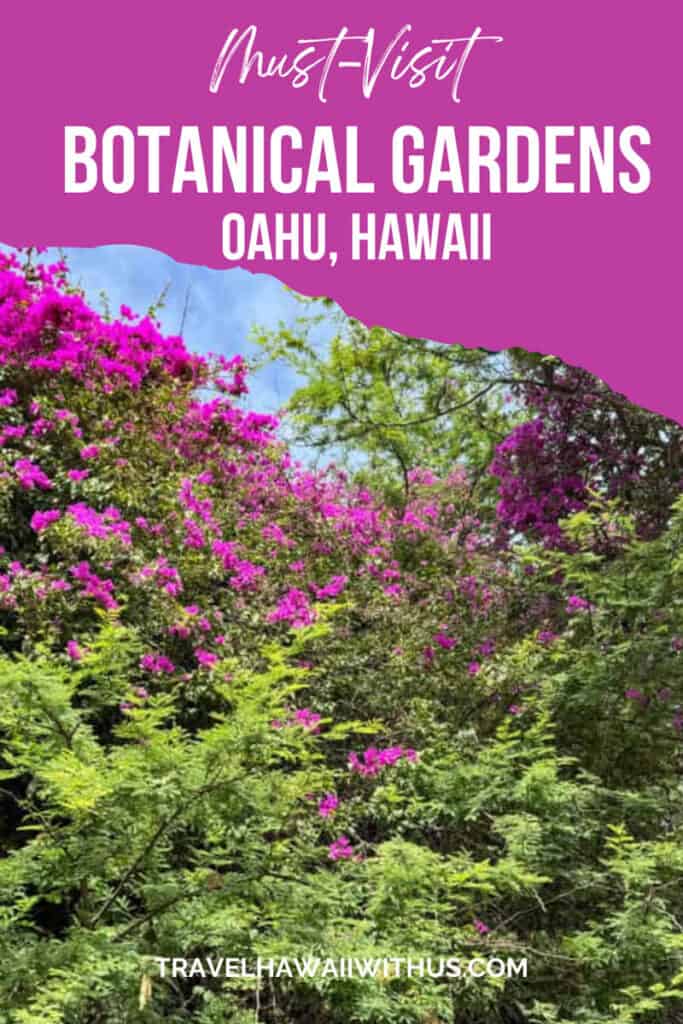
Disclaimer
All information provided on this blog is for informational purposes only and is subject to our terms and conditions of use. It is not a substitute for information or advice from official agencies or qualified professionals.
SV Travel Media LLC makes no representations or warranties regarding the accuracy or completeness of the information provided here, and readers should use their own discretion and judgement, and seek advice from professionals where needed.
Your use of the information described in, and your participation in activities presented on our website may carry the risk of illness, bodily injury, disability, death, or property damage. You freely assume all risks and dangers that may occur as a result of your access, use, purchase, or participation in any information, activity, product, or service listed on our website.

